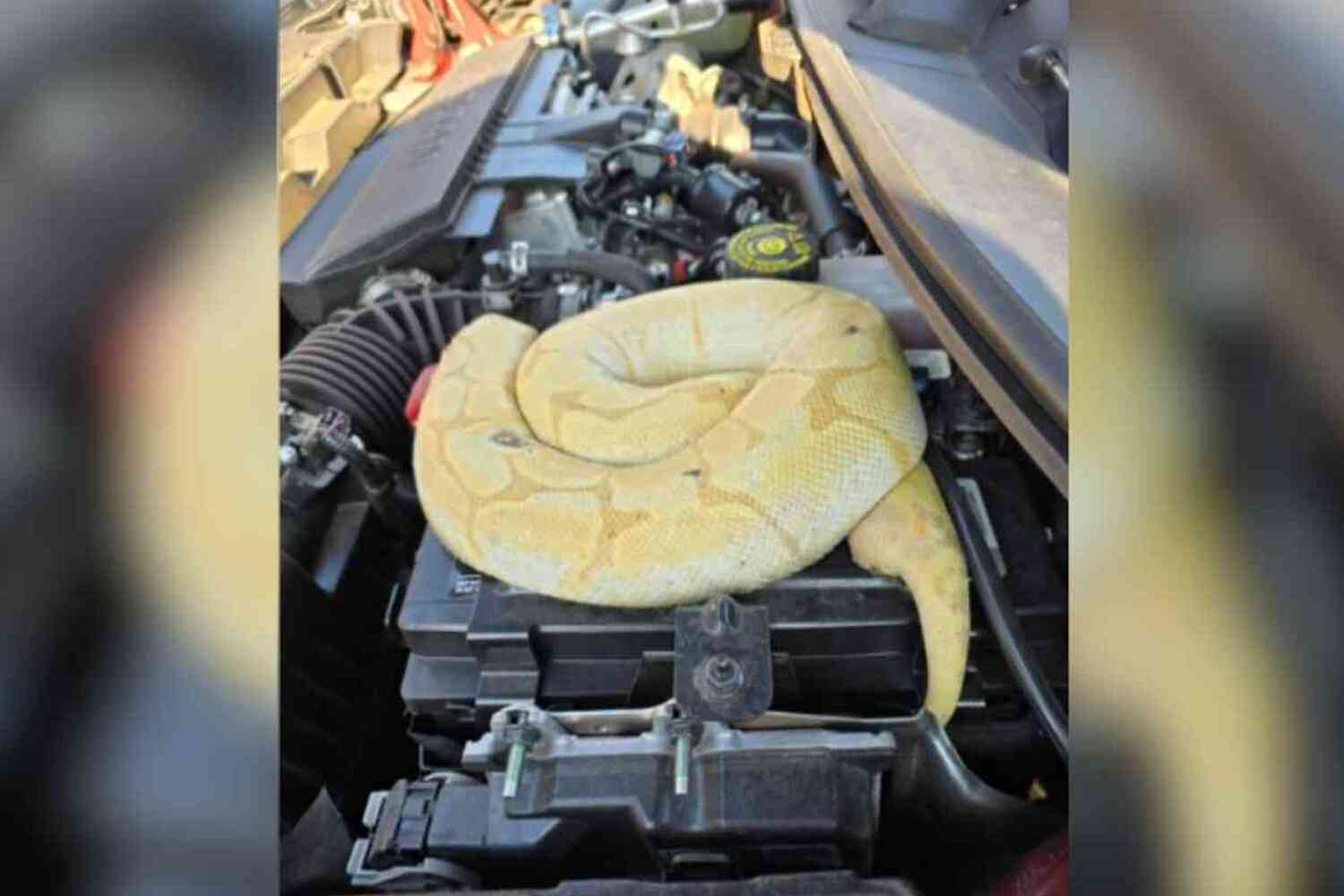There are two ways to address a looming crisis:
- Use the vast resources of the federal government to pull together the finest minds in supply chain logistics so as to carefully examine the complex interplay of manufacturing, distribution, supply, and storage.
- Rent a boat and look around.
Guess which one actually yielded results.
First, let's take a quick look at what the Biden Administration did early on to address this imminent problem. It's what they have pointed to repeatedly to let the American people know that they have been on this problem from day one.
First, the initial executive order.
Here is the summation of the actions taken:
The Secretary of Commerce, in consultation with the heads of appropriate agencies, shall submit a report...
The Secretary of Energy, in consultation with the heads of appropriate agencies, shall submit a report...
The Secretary of Defense (as the National Defense Stockpile Manager), in consultation with the heads of appropriate agencies, shall submit a report...
The Secretary of Health and Human Services, in consultation with the heads of appropriate agencies, shall submit a report...
The Secretary of Defense, in consultation with the heads of appropriate agencies, shall submit a report...
The Secretary of Health and Human Services, in consultation with the heads of appropriate agencies, shall submit a report...
The Secretary of Commerce and the Secretary of Homeland Security, in consultation with the heads of appropriate agencies, shall submit a report...
The Secretary of Energy, in consultation with the heads of appropriate agencies, shall submit a report...
The Secretary of Transportation, in consultation with the heads of appropriate agencies, shall submit a report...
The Secretary of Agriculture, in consultation with the heads of appropriate agencies, shall submit a report...
And, no, they didn't just submit a bunch of reports.
They gathered them all together to create even bigger reports!
As soon as practicable following the submission of the reports required under section 4 of this order, the APNSA and the APEP, in coordination with the heads of appropriate agencies, shall provide to the President one or more reports reviewing the actions taken over the previous year
Surprisingly enough, this blizzard of reports did little to avert a supply chain crisis.
That's why in June, they "tackled" near-term supply chain disruptions:
Tackling Near-Term Supply Chain Disruptions As the Economy Reopens
The Administration's historic vaccination and economic relief efforts have spurred a rapid return of economic activity. As the United States and the broader global economy emerge from the pandemic, we have seen signs of new pressures on supply chains due to changes in demand. While these short-term supply chain disruptions are temporary, the President has directed his Administration to closely monitor these developments and take actions to minimize the impacts on workers, consumers, and businesses in order to bolster a strong economic recovery.
When submitting reports is not enough, monitoring usually does the trick.
There will also be data gathering.
DOC will lead a coordinated effort to bring together data from across the federal government to improve the federal government's ability to track supply and demand disruptions and facilitate information sharing between federal agencies and the private sector to more effectively identify near term risks and vulnerabilities.
They also moved to ensure:
...end-to-end domestic supply chain for advanced batteries...
...sustainable domestic and international production and processing of critical minerals...
...address semiconductor shortages...
Keeping toilet paper on the shelves and keeping children from crying Christmas morning?
Maybe not so much.
Which brings us to our hero and a boat.
Ryan Peterson is the founder and CEO of Flexport, a supply chain company.
Read through the tweet thread, or read this summation of the tweet thread (plus the thread itself if you don't want to go through Twitter).
Let me sum this up in the simplest way possible:
- The works were being gummed up because they were running out of space to put the shipping containers.
- This created a cascading effect in which empties could not be returned, meaning they had to stay with the trucks, meaning those trucks could not be used to move the full containers and so on creating a logistical nightmare.
It's more complicated than that, but those are the basics.
And yet there seemed to be a fundamental question no one asked. Not the brain trust in the White House that was busy ensuring lithium battery supply chains and their own job security, not Pete Buttigieg in-between night feedings, not anyone throughout the federal government submitting reports no one will ever read or act upon.
Why was there no space, and is there anything we can do about it?
It took a guy in a boat to figure that one out.
To rework the classic line from the 1933 movie, King Kong:
It was regulation killed the supply chain.
Government moves slowly, but when something this pointless is contributing to a looming national catastrophe, particularly one that could threaten political careers, government can move surprisingly fast!
Like those who came before you who spoke with solemn reverence about the day that man landed on the moon, you too will relate the tale of that fateful moment when the mayor of Los Angeles announced that yes, indeed, man would stack things four (and maybe even five) things high.
It's like reaching for the stars once again, but only 42 feet of the way this time.
In case you were wondering, the reason you could only stack containers two high was because of environmental justice or something.
"If you are in a neighborhood, you don't want to look out your front yard and see five- or six-stacked-high cargo containers. It is a blight and environmental justice issue, no question there," Garcia said. But with the holiday season and piles of dockside containers looming large, he thought it was worth a shot.
Yes, in normal times no one wants to stare at giant towers of containers in their backyard, but in a crisis, it does seem like a no-brainer thing to do.
And yet, I was struck by those who heralded this as a triumph of government action.
There is no question that this was very good news, but I can't help get the feeling that this is the product of very low expectations. It's like celebrating when a toddler successfully navigates the complexities of going potty. Good for him and all, but should we really be excited that for one day the government managed to stop pooping in its pants?
This story had gotten little attention in the national media that I can find, and local media has downplayed its potential effect.
The impact of this shift, however, is difficult to measure. The change only applies to yards within the city of Long Beach that weren't already zoned for higher stacking levels, which had long been in effect in the industrial zone closest to the port. More than 240,000 containers are currently waiting on the docks, with an additional 500,000-plus sitting on the ships offshore.
The chief executive of the Harbor Trucking Assn., which represents the trucking companies dealing with these issues every day, says that any little bit helps, but the measure doesn't change all that much. For one thing, allowing the stacks to climb higher doesn't guarantee they'll do so.
But, sure, take a moment to luxuriate in citizen action having a genuine impact on government actions.
Just don't let your guard down for too long.
P.S. Now check out our latest video 👇









